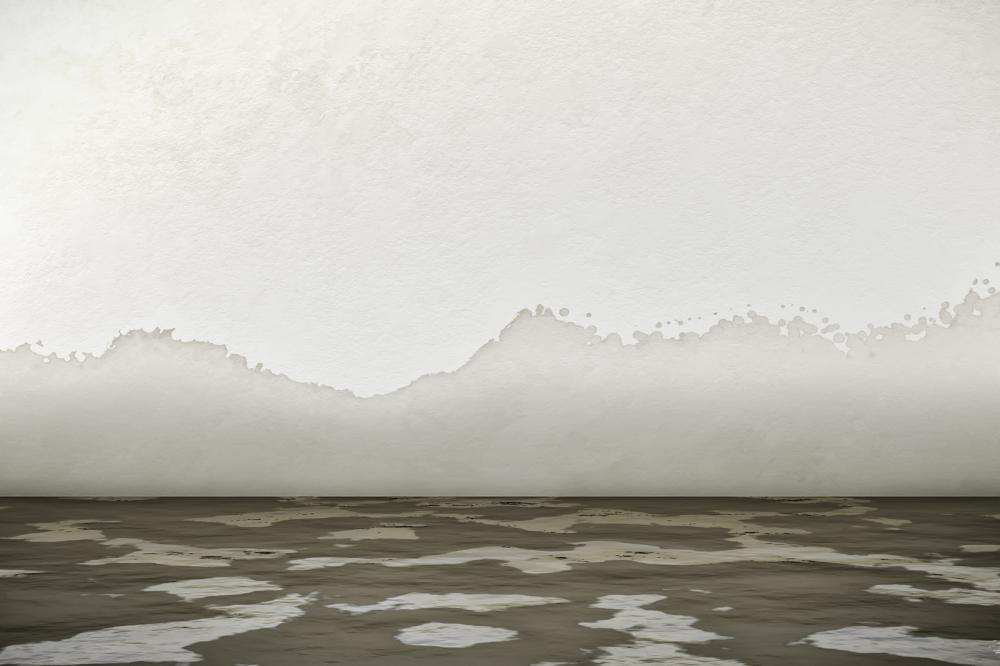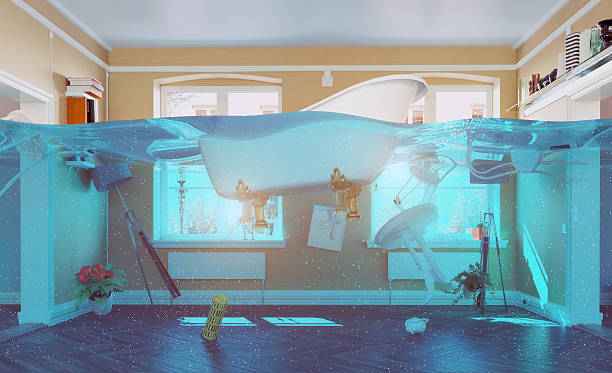What Triggers Water Deterioration in the Bathroom
What Triggers Water Deterioration in the Bathroom
Blog Article
Were you looking for advise about How to Repair and Prevent Bathroom Water Damage??

Water damage frequently happens in the bathroom as a result of the water made use of everyday. In some cases, the damage could be a little mold and mildew from the shower. Other times, it's massive damages on your floor. Whatever it is, it is constantly great to recognize the cause and avoid it before it occurs.
This guide will certainly go through a few of the common root causes of water damage in the bathroom. We will additionally examine what you can do to avoid these reasons from damaging your bathroom. Allow's dive in.
These are the usual reasons you would have water damage in your restrooms and also how you can find them:
Excess Wetness
It's trendy to have that long shower and sprinkle water while you hem and haw and act like you're doing, but occasionally these acts might cause water damage to your restroom.
Splashing water around can create water to go to corners and also create mold and mildews. Enjoy exactly how you spread excess wetness around, and when you do it, clean it up to avoid damages.
Splits in your wall surface tiles
Shower room wall surface ceramic tiles have been specifically developed for that function. They safeguard the wall surface from dampness from individuals taking showers. However, they are not indestructible.
In some cases, your restroom wall surface floor tiles split as well as enable some dampness to leak into the wall. This can possibly destroy the wall if you do not take any activity. If you notice a fracture on your wall surface tiles, repair it immediately. Do not wait until it destroys your wall.
Overflowing toilets as well as sinks
As human beings, occasionally we make mistakes that could cause some water damage in the washroom. For instance, leaving your sink tap on might trigger overflowing and damages to other parts of the washroom with dampness.
Likewise, a faulty toilet might trigger overruning. As an example, a busted commode take care of or various other parts of the tank. When this occurs, it could damage the floor.
As quickly as you see an overruning sink or commode, call a plumbing to help deal with it right away.
Burst or Leaking Pipes
There are several pipelines lugging water to various parts of your restroom. Some pipes take water to the commode, the sink, the faucets, the shower, and numerous various other locations. They crisscross the small location of the bathroom.
Every so often, these pipelines might obtain rustic and ruptured. Other times, human activity can create them to leak. When this happens, you'll locate water in the edges of your washroom or on the wall.
To identify this, keep an eye out for bubbling wall surfaces, mold and mildews, or mildew. Call an expert emergency situation plumber to fix this when it happens.
Roofing Leaks
Occasionally, the issue of water damage to the bathroom might not come from the washroom. As an example, a roofing leakage can trigger damage to the shower room ceiling. You can find the damage done by checking out the water discolorations on the ceiling.
If you discover water stains on your ceiling, check the roofing system to see if it's harmed. Then, call a professional to help fix the problem.
Conclusion
Water damage to your shower room can be aggravating. Nevertheless, you can handle it if you prevent several of the causes pointed out in this overview. Call a professional emergency situation plumbing professional if you observe any serious damages.
How to Repair a Water-Damaged Wall in the Bathroom
All you need to know to repair bathroom wall water damage – from identifying the water source to finishing the repair professionally. If you don’t act quickly to resolve a water damage problem, you could find that it develops into a mold issue and/or cause structural damage to your home. Follow this guide to repair your bathroom before it's too late.
All you need to know to repair bathroom wall water damage
Water damage is a common household problem, and one that, if left unrepaired, can quickly lead to structural problems and health issues. The two most likely rooms where water damage may occur is the bathroom and the kitchen – where water is used often and there is high humidity.
What is water damage?
It is easy to think of water damage as caused by a flood or leaking tap or burst water pipe. However, when water damage is assessed, there are three main categories into which water falls (as classified by the American National Standards Institute). These categories are defined as:
Category 1 Water – ‘Clear Water’
This is sanitary water. There is usually no major threat to health by washing with this water, drinking it, or inhaling if it is streaming. Most water that enters your home will be category 1 water, while most water leaving your home will be either category 2 or 3 water. It may also come from melting snow, rainwater and water tanks.
Damage caused by this type of water can usually be repaired or restored, though this doesn’t mean that there are no potential health issues.
Category 2 Water – ‘Grey Water’
This is contaminated water – sometimes considerably so – and will cause illness if consumed or if it comes into contact with your skin. Water damage in this category is often caused by overflows from toilet bowls, and damage to washing machines and dishwashers. While damaged items might still be repaired or restored after damage by grey water, it is more difficult and more expensive to do so.
If the water damage in your home has been caused by grey water, it is advisable to have repairs made by professionals.
Over time, grey water will deteriorate and become black water.
Category 3 Water – ‘Black Water’
Category 3 water, also known as black water, is highly contaminated and a great risk to health. This may contain raw sewage, heavy metals, and other toxic substances. It will smell terrible.
If this is the water that has caused damage in your bathroom, do not touch it. Stop the water flowing if possible, seal the room and call the experts: it really isn’t worth the risk of ill health and disease that could be fatal. It is very unlikely that items can be repaired or restored if they have been damaged by black water.
https://www.porterscleaning.com/blog/how-to-repair-a-water-damaged-wall-in-the-bathroom/

I discovered that review about How to Repair and Prevent Bathroom Water Damage? while doing a lookup on the search engines. For those who enjoyed our article if you please be sure to share it. Thanks a lot for your time. Don't forget to come visit our site back soon.
Preventative solutions offered. Report this page